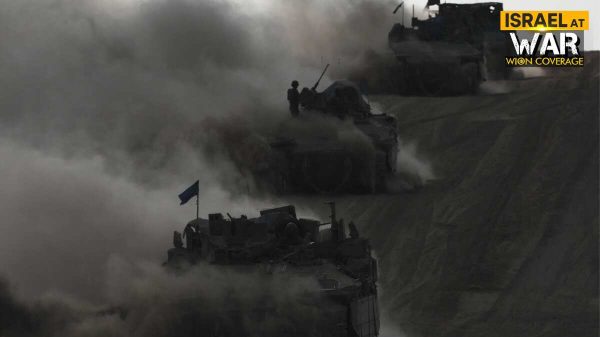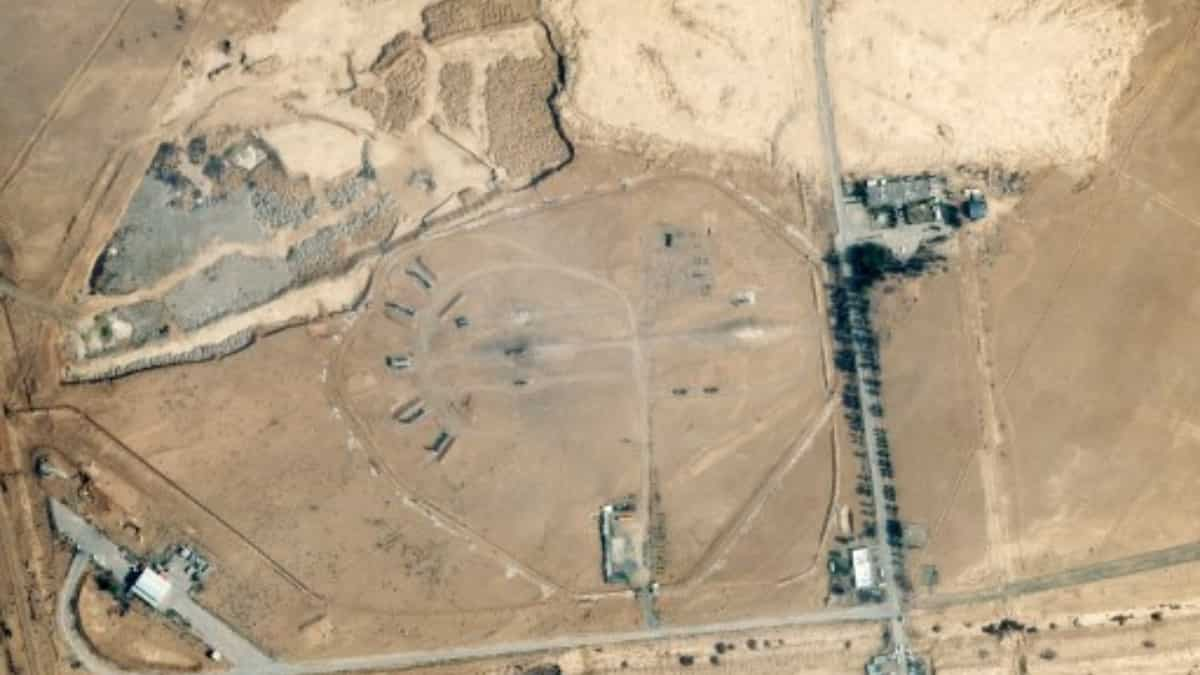Overview
An escalation between Iran and Israel recently unfolded, starting with an air strike on Iran’s consulate in Damascus by Israel. The situation seemed to ease off without further escalation, despite initial concerns of a broader conflict.
Details of the Conflict
- Israel was accused of carrying out an air strike on April 1 against Iran’s consulate in Damascus.
- There was no significant escalation following Israel’s alleged missile attack deep inside Iran.
- Satellite images suggest that the strike targeted a radar system for a Russian-made air defense battery in Isfahan.
- Reports indicate that Israel used a high-tech missile that could bypass Iran’s radar systems as a warning against future direct attacks.
- The strike reportedly damaged a defense system responsible for detecting and neutralizing aerial threats near Natanz.
- An Israeli weapon was said to have hit a Russian-made S-300 anti-aircraft system in Isfahan.
Satellite Images and Analysis
The latest satellite images support the reports, showing the impact area near Isfahan’s airport and air base. Burn marks around a radar system used for the S-300 were observed, indicating the precision of the strike.
Expert Opinion
Nicole Grajewski, a fellow at the Carnegie Endowment’s nuclear policy program, highlighted Israel’s capability to breach Iran’s air defense systems with remarkable precision.
Response and Counterattack
Following the initial strike, Iran responded with its first direct attack on Israel, deploying drones and missiles, most of which were intercepted by Israel and its allies.
Disclaimer
It is important to note that claims and counterclaims regarding the conflict are circulating both online and offline. Verification of statements, social media posts, photos, and videos is challenging.
















































